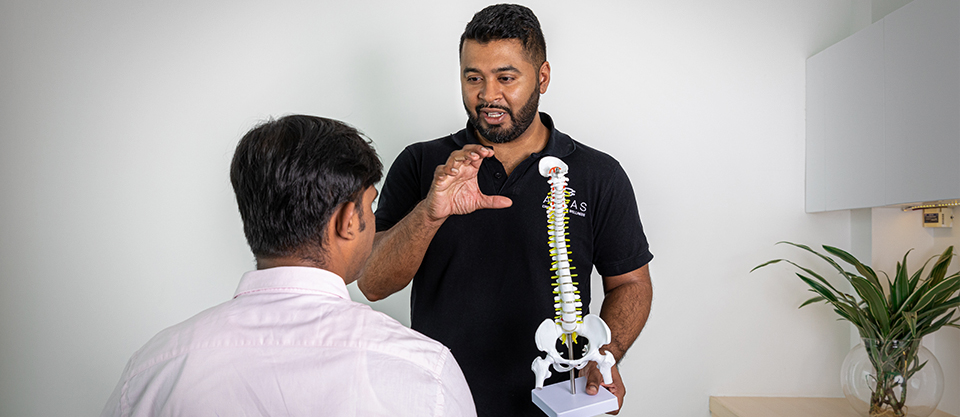

Imagine you have been suffering from back pain for as long as you can remember. You’ve tried resting it out, pain medications, even looked up some YouTube videos on yoga stretches and practiced them. But when you wake up, there it is. It puts a certain damper on your lifestyle, doesn’t it?
If you’re tired of the “traditional” routes of improving your health, Chiropractic is for you. Chiropractic is simple. After a thorough examination of your health, including your history, your movement patterns, and the areas that are painful, a Chiropractor will use their hands to assess your spine. Using a quick, short thrust, they can eliminate areas of your spine that aren’t moving so well, and get your nervous system functioning better. The spine is a sensitive piece of your body, and a Chiropractor is expertly trained at handling any issues arising from there.
Because our nervous system is so important to our health, visiting a Chiropractor is a great option for people with pain and without. Think of your body as a messy closet. A Chiropractor can organize your closet, allowing you to have complete ease of access to all parts, including the stuff way inside. Of course, there are more areas a Chiropractor can help. We’re trained just like Medical Doctors (MD/MBBS), only with less emphasis on prescribing medicines and more interested in the function of the human body. In fact, we have over 200 techniques that we can be trained in!
Without the use of medicines with harmful side effects, risky surgeries, and invasive injections, we’re confident we can help you #HealBetter.
The reason many methods fail to bring relief is because they are aimed at fixing the symptom. Think about it – you have a headache, you swallow a pain killer, and the headache goes away. Right? If you’re like most people, the headache just returns after the effect of the pain killer wears off. This is the most important way that Chiropractic helps - we aim for the root of the problem, not just the symptoms. If the source of the headache is taken care of, not only do you feel better at that moment, but we also teach you how to prevent it from happening again.
If you have a computer, then you know the hassle of that fateful moment when the system becomes extremely slow. Through daily usage, the addition and removal of dozens of files and programs, and general wear and tear, it starts to lag and things don’t run as smoothly.
Our spine is a lot like this. Even with regular exercise and attention to posture, your spine can still get stuck in certain areas, leading to pain, stiffness, and restricted movement. If you’re currently having issues like this, or perhaps you wish to prevent them, both are equally good times to visit a Chiropractor.
As Benjamin Franklin once said, “an ounce of prevention is worth a pound of cure.”
Chiropractic care can assist with the body’s natural healing process.
